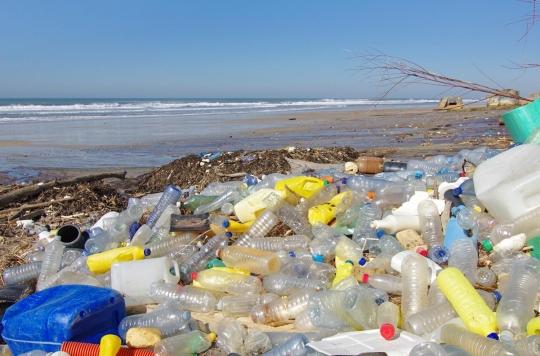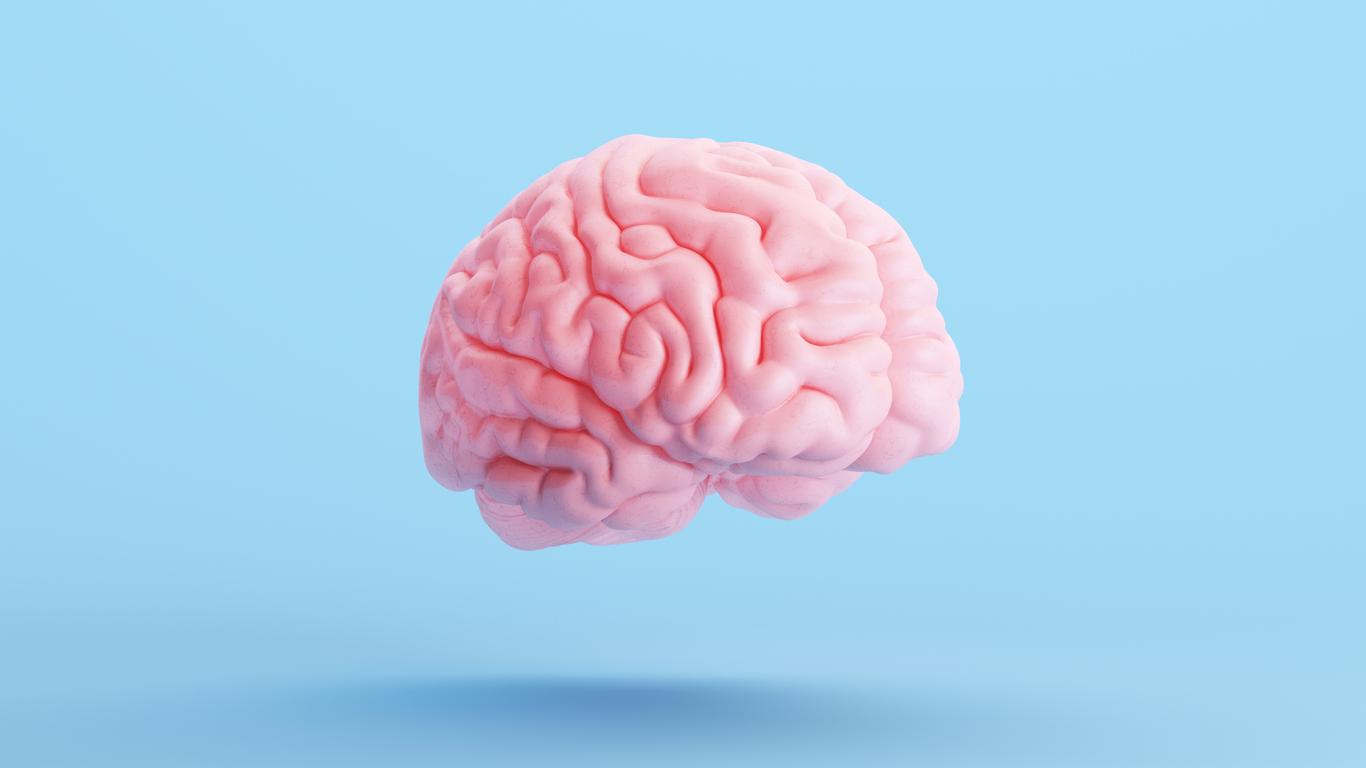An adult can swallow up to 52,000 micro-particles of plastic per year.

Plastic is everywhere in our environment, even in our bodies. A Canadian study, published in the journal Environmental Science and Technology shows that humans ingest several tens of thousands of plastic particles each year.
This study brings together the analysis of 26 studies on American consumption patterns. Food is responsible for the ingestion of 39,000 to 52,000 particles. The figure rises to 74,000 or even 121,000, depending on where you live, if air pollution is taken into account in the calculation. If a person consumes bottled water, they ingest about 90,000 more.
These particles come from multiple products that we consume: clothing, food packaging, contact lenses or tires.
What are the consequences for the body?
The researchers make a finding in their study, but do not indicate what the possible consequences are. They only specify that the very fine particles “can potentially pass into human tissues and generate a localized immune response”. The team believes that more research is needed to assess how much plastic reaches organs like the lungs or stomach.
Last January, another research focused on the consequences of plastic on certain bacteria that are essential for humans. the Prochlorococcus produces oxygen in large quantities: the equivalent of about one in ten puffs of air we breathe. When these bacteria are exposed to plastic, they shrink in size and produce less oxygen.
These studies remind us of the importance of reducing our consumption of plastic, in order to reduce its impact on the environment. Every year 300 million tons of plastics are produced around the world.
.

















